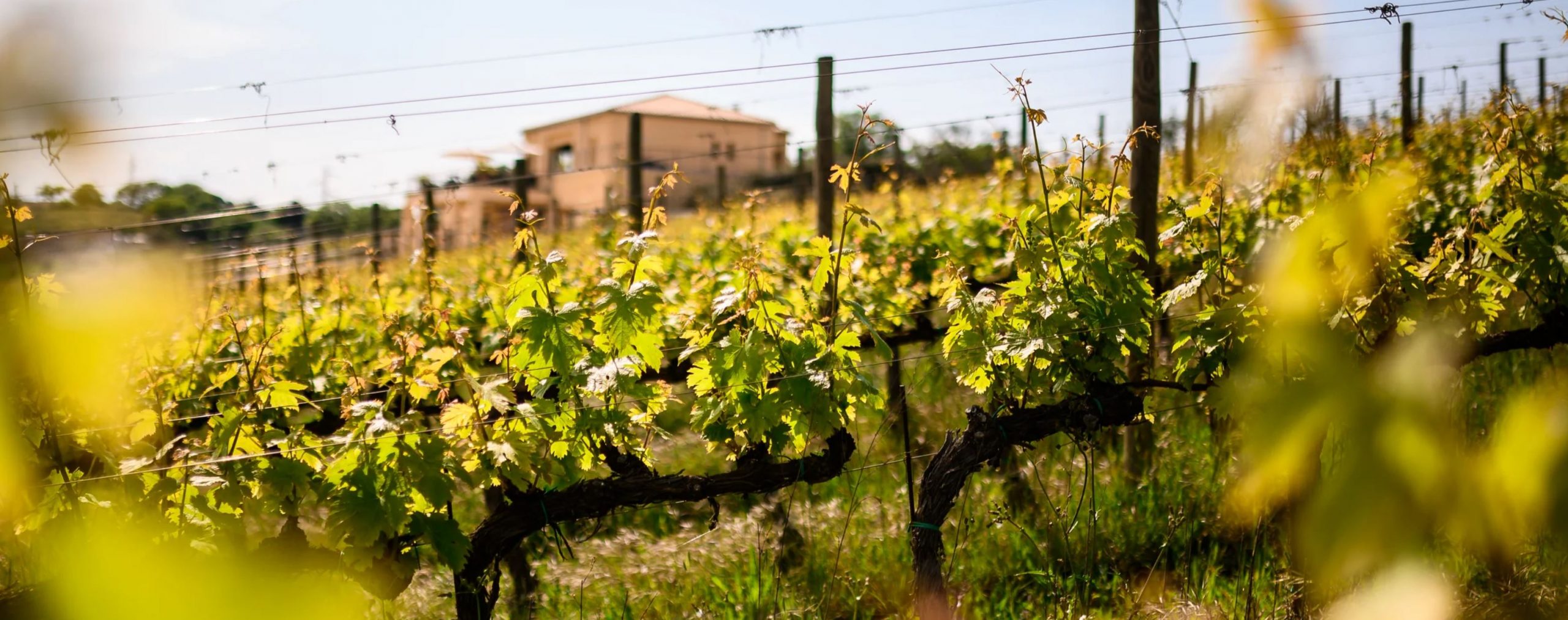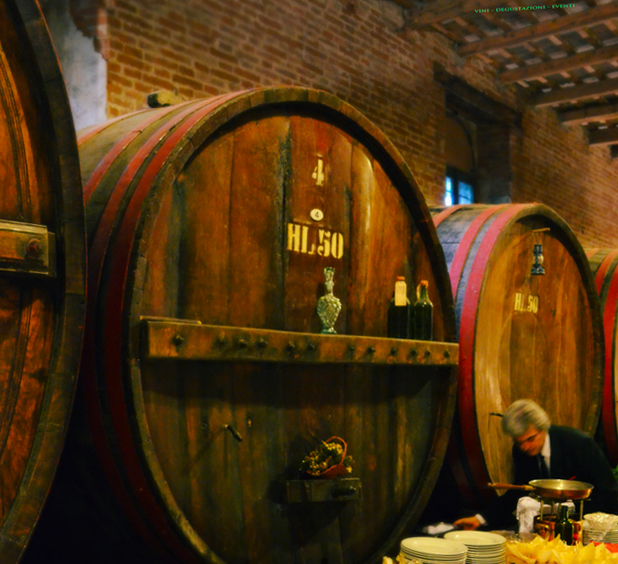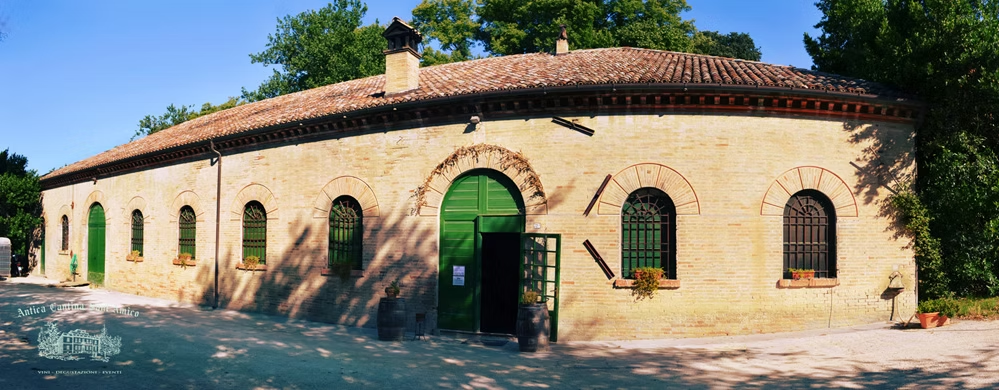Saint Amicus – Saint Patrignano Round Trip
Why choose this itinerary?
- Scenic Route: Ideal for photography and nature lovers.
- Immersion in Food and Wine Tradition: Includes stops at local wineries/cellars.
- History and Culture: Features visits to historic churches and villages (borghi).
- Suitable for Everyone: No specific technical difficulties.
- Beautiful Route and Breathtaking Views: Passes through vineyards, wineries, and small rural churches.
Path through Rarely Used Trails: Where it is easy to encounter wild animals. Suitable for photography enthusiasts. A variant is possible by returning via S. Patrignano.
STEP-BY-STEP ITINERARY
Distance: About 8-10 km
Duration: About 2.5-3 hours (without stops)
Elevation Gain: Light
Difficulty: Easy/Moderate
Route Type: Dirt roads, countryside trails, secondary paved roads
Points of Interest: Rolling landscapes, vineyards, wineries, historic churches
1) Departure: Parish Church of San Gaudenzio – Morro d'Alba
The route begins at the Parish Church of San Gaudenzio, a medieval-origin church located in the heart of Morro d’Alba.
Admire the village and walk along the scenic Camminamento di Ronda, with views over the Marche hills.
Follow Via Marciano, a road winding through vineyards and olive groves, typical of the area.
2) Passing by Tenuta di Fra’
Continuing along Via Marciano, you will reach Tenuta di Fra’, a farm that tells the story and traditions of local winemaking.
Here you can admire the vast vineyards where the famous Lacrima di Morro d'Alba is produced.
3) Crossing the Contrada of San Patrignano
Continuing the route, you will reach San Patrignano, a small hamlet surrounded by greenery.
The path alternates between dirt trails and secondary roads, with the chance to spot hares, pheasants, and other wildlife.
4) Return via Cantina Candelaresi
On the way back, you can stop at Cantina Candelaresi, another reference point for tasting local wines.
5) Arrival at the hamlet of Sant’Amico and visit to the Ancient Church
After the winery stop, the route continues to the hamlet of Sant’Amico, characterized by a peaceful, rural atmosphere.
Here you will find the Church of Sant’Amico, a historic building with ancient origins, set in a picturesque landscape.
6) Visit to Azienda Marotti Campi
Near the church is Azienda Marotti Campi, one of the most renowned producers of Lacrima di Morro d'Alba and Verdicchio in the area.
If you are passionate about food and wine, a stop here is highly recommended.
7) Return to Morro d’Alba via Via Piedesanta
After visiting Sant’Amico, the return takes place along Via Piedesanta, a scenic road offering spectacular views of the Marche countryside.
The final stretch brings you back to the historic center of Morro d'Alba, with the opportunity to end the itinerary with a final walk through the village streets.
Redisenza privata di Lusso
Villa Sant'Amico is a historic 19th-century residence listed with the ADSI (Italian Association of Historic Houses).
The Villa forms the central core, and together with the Orangerie (the former Lemon House), the Little Church, and the Ancient Stables, it makes up the Sant'Amico Estate complex.
The Estate, set within a private 12-hectare park with centuries-old trees, is located in the territory of the ancient Maurum, today known as Morro d'Alba, a medieval village in the province of Ancona, just 10 km from the Adriatic Sea. Vineyards, olive groves, and sea views provide the backdrop for this majestic country residence, which gave its name to the hamlet, previously called San Domenico.
The oldest part of the Villa dates back to 1720 when it was built by the noble Roberti family as a hunting lodge; some frescoes from that era still remain. It was later expanded and enhanced by Count Francesco Carotti in the second half of the 19th century. After completing his studies in Engineering in Leipzig, Germany, he also built the rest of the estate complex. His daughter married a descendant of the poet Giacomo Leopardi of Recanati, and the estate became their summer residence for many years.
At the time of the expansion, technologically advanced innovations were introduced, such as a hot-air heating system with large cast-iron boilers that, through terracotta pipes, heated all 50 rooms of the villa. Liberty-style influences can also be seen in the terracotta exterior decorations on the façades. Meanwhile, the main façade of the Ancient Stables features a fine example of a sundial.
Founded in 1850, Antica Sant’Amico Winery in Morro d’Alba (Ancona), family-run, is one of the oldest wineries in the Marche region. For over 150 years, it has proudly offered high-quality wines, all vinified in its own cellar, where the ideal temperature is maintained entirely naturally.
The production focuses mainly on the native Lacrima di Morro d’Alba DOC, vinified in pure form. The winery was already bottling it in 1971, even before it was officially recognized as DOC in 1985, along with the fragrant white Verdicchio dei Castelli di Jesi DOC.
The proximity to the Adriatic Sea benefits the vineyards of Sant’Amico, creating a particular climate that is very favorable for grape cultivation. Additionally, at the center of the estate’s 45 hectares of vineyards lies the 12-hectare Sant’Amico historic park, which plays a crucial role in generating optimal microclimatic conditions (ideal humidity, etc.). This unique microclimate allows the grapes to achieve a perfect balance between freshness and body.
The cultivation techniques at Sant’Amico are particularly meticulous: low yields enhance the structure of the wines; the use of mechanical under-row tillage reduces the need for chemical products, improving quality; and harvesting grapes at peak ripeness produces wines that fully express the organoleptic potential of the estate’s vineyards.
The winery is also renowned for hosting events in the cellar and in the park at the center of the vineyards—events highly appreciated by visitors, who come to taste Lacrima di Morro d’Alba and Verdicchio Sant’Amico.

Multimedia Archive
From the Center of Morro D'Alba to the San Patrignano District/Area
From the San Patrignano District Junction until the Arrival/Return to MORRO D'ALBA






